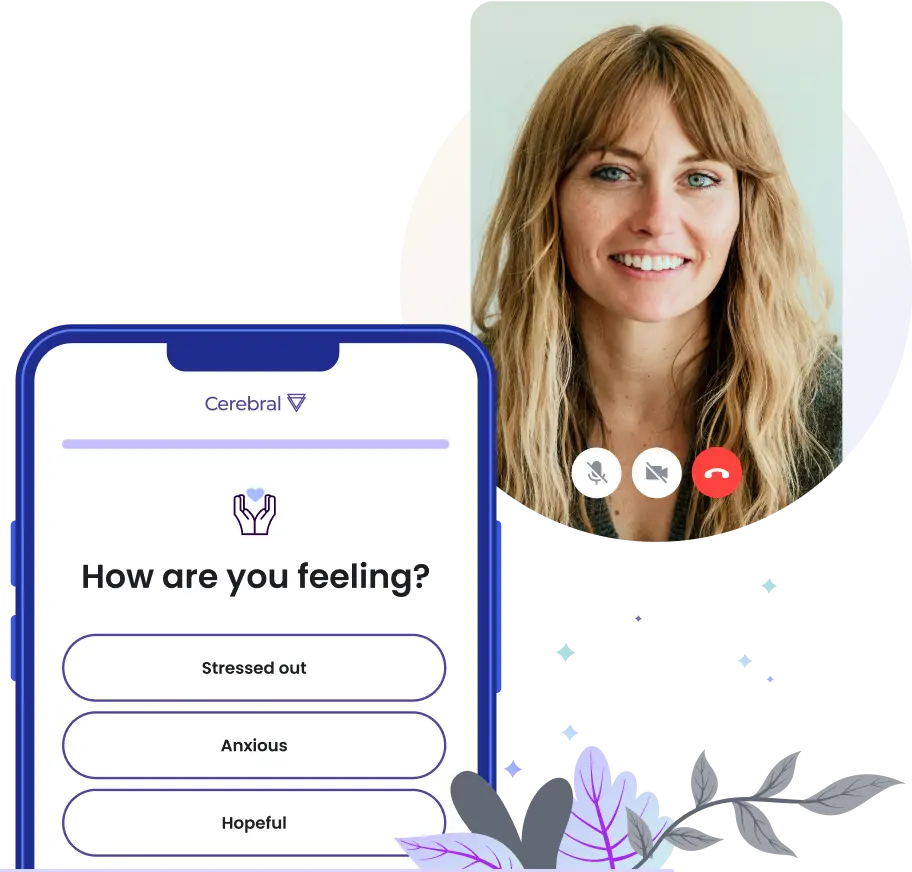The human-animal bond has existed for thousands of years. It’s a history of a beneficial relationship developed and strengthened over time. To humans, animals give companionship in a world that can feel isolating. So, it’s no surprise that pets are almost a staple in households across the US. Over 38.4% of families own a dog and 25.4% have a cat.

Animals can help to make people calmer, happier, and even feel more fulfilled. But the animal-human connection can also help those struggling with medical conditions. Research says interacting with animals decreases blood pressure, improves mood, and lowers cholesterol. For people experiencing symptoms of anxiety, emotional support animals (ESAs) may provide relief.
What is an emotional support animal?
An ESA is an animal that a mental health professional authorizes to offer therapeutic benefits to an individual. Is this the same thing as a service animal? Not quite. Service animals carry out certain tasks for their owners. Emotional support animals provide companionship and don’t need any specific training. ESAs aren’t covered by the Americans with Disabilities Act (ADA). Service animals are.
ESAs offer comfort to individuals with anxiety, PTSD, depression, and other mental conditions.
How do ESAs help with anxiety?
There are several ways that emotional support animals can help people struggling with anxiety. For one, the simple act of petting an animal can trigger a natural response in the body. It lowers blood pressure and reduces stress levels.
For people with social anxiety, an ESA may provide motivation to interact with others. ESAs can offer individuals a sense of stability. The presence of a comforting animal can help build confidence, reducing the chances of panic attacks in the future.
ESAs can be beneficial for someone who struggles with navigating stressful life events or daily activities. The companionship that an ESA provides can make you feel better in an anxiety-inducing environment.
What to look for in an emotional support animal
If you’re deciding on what animal to get as your ESA, there are a few things to keep in mind. First, it’s essential to choose an animal that is well-suited to serve as an emotional support animal.
This means choosing an animal that is calm, gentle, and non-threatening.
Some people find that smaller animals, like dogs or cats, make the best ESAs, as they are less likely to cause anxiety. Some might prefer animals that are easy to care for, like hamsters. They make great travel companions as they’re unobtrusive in public and can stay in a small cage or bag to carry.
Fish can even make great ESAs! Decorating an aquarium and caring for fish can be a soothing hobby for someone with anxiety. Watching fish maneuver through their environment with the gentle sound of water moving can ease symptoms of stress.

It’s important to choose an animal that you feel comfortable around and that you know can provide emotional support when needed. Dogs, cats, rabbits, fish, and even reptiles can all make great ESAs. The most important thing is that you find an animal companion that brings you joy and helps you cope with anxiety in a safe and healthy manner.
Think about what type of animal would be the best fit for you and your lifestyle. It really comes down to your personal preference. Keep in mind your own comfort, finances, and your ability to care for the animal.
How to qualify for an emotional support animal
If you think an emotional support animal may be beneficial for your anxiety, there are a few things you need to do to qualify for one.
First, consult with a mental health professional. You can complete our free emotional assessment and a licensed professional with Cerebral will reach out to help.
You’ll need to get a letter from a licensed psychiatrist, nurse practitioner, therapist, social worker, or other mental health professional. They’ll confirm that you have an emotional or mental health disability. Any other doctor that isn’t a psychiatrist or mental health professional can’t write this letter.
This letter often will confirm that you have a mental health condition recognized in the Diagnostic and Statistical Manual of Mental Disorders (DSM-V) and that an emotional support animal will help with your treatment. The mental health professional will likely state in the letter how long they have been treating you and that they are familiar with your diagnosis.
This letter should be on official letterhead. It should include the mental health professional’s contact information and license type and number. This letter should be no older than a year, as it’ll serve as your official “prescription” for an ESA. You’ll need to bring this letter with you when you travel, as well as any other public place you plan to visit with your emotional support animal.

When getting an ESA, note there are no specific regulations around them. But some airlines have restricted policies on flying with them. Some landlords may have their own policies about ESAs, as well. But under the Fair Housing Act, individuals with mental health conditions can live with ESAs in the house. They need to present an ESA housing letter to their landlord stating their need for a comfort animal. This is why it’s crucial to get a legitimate letter. It’s the only document recognized by law that entitles an individual to an ESA.
ESAs offer non-judgmental support and can provide comfort in times of need. If you’re considering getting an emotional support animal, speak with your mental health professional first to see if it’s the right fit for you.

Relationship Anxiety: Understand the Signs and Ways to Cope

Anxiety and Memory Loss

Experts Recommend Anxiety Screening for Those 19-65

Call 911 if you’re having a
mental health emergency
Text Home to 741-741 if you're in emotional
distress and need immediate support
Call or text 988 Suicide &
Crisis Lifeline. Chat service
is available at 988lifeline.org.